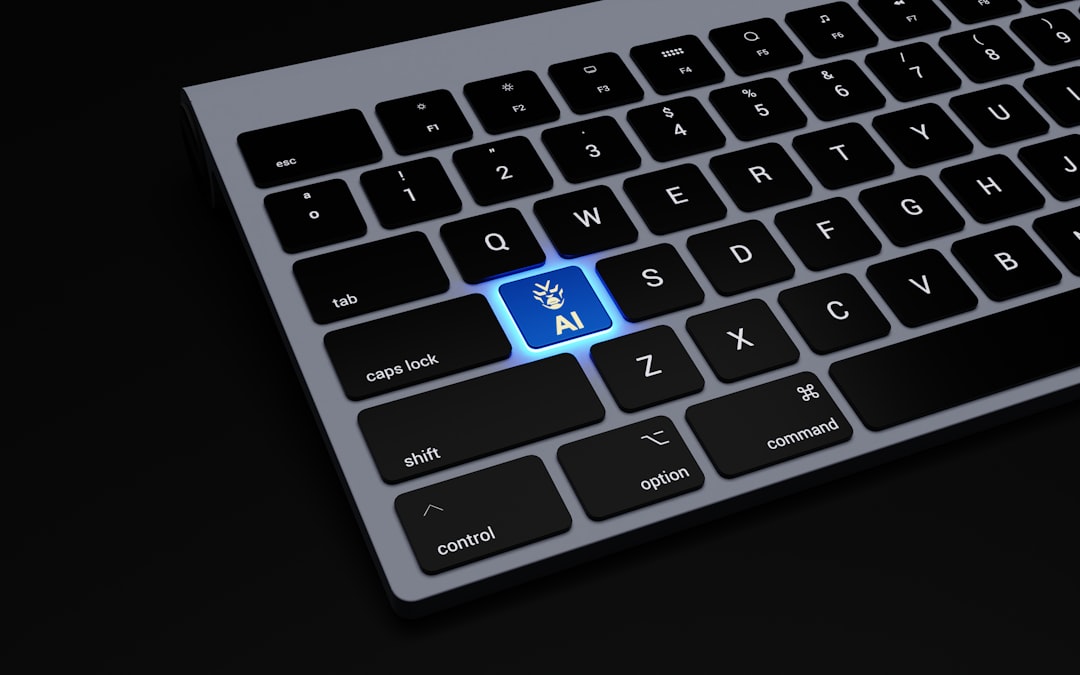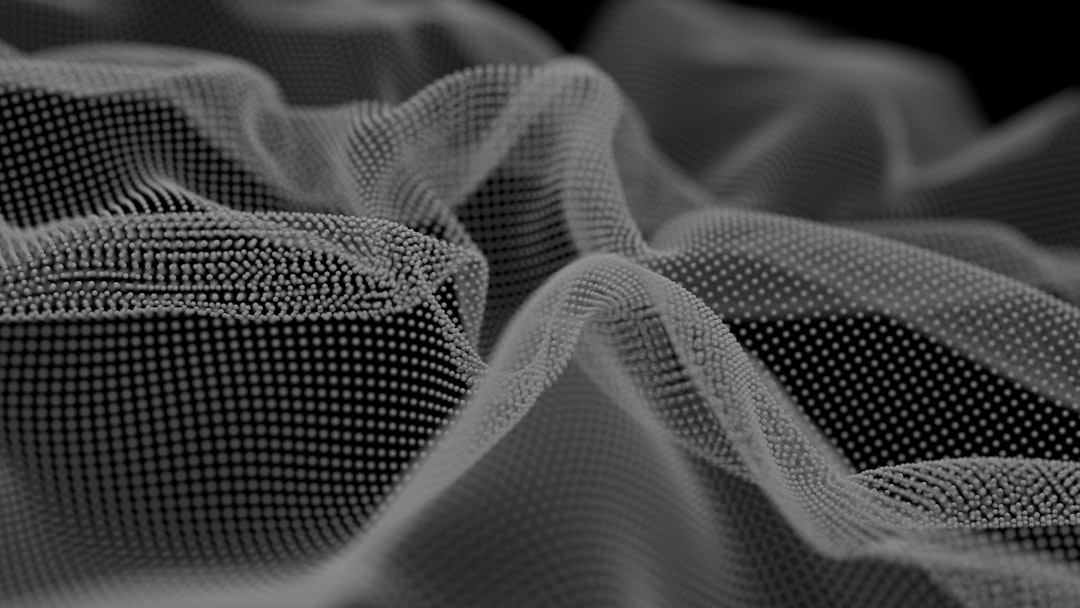NextGenBeing Founder
Listen to Article
Loading...Opening Hook
You've just deployed your AI model, but it's not performing as expected. You've spent countless hours training and tweaking, but the results are subpar. What if you could turbocharge your AI workflows and achieve state-of-the-art results with minimal effort?
Why This Matters
The current state of AI model development is cumbersome and time-consuming. With the latest advancements in Hugging Face Transformers 5.3 and Optimum 1.5, now is the right time to master fine-tuning of LLaMA 2.0. You'll learn how to achieve significant performance boosts, reduce training time, and improve model accuracy.
The Problem/Context
Fine-tuning pre-trained models like LLaMA 2.0 can be challenging. Real-world examples have shown that even small changes to the model architecture or training parameters can lead to significant performance degradation. The impact is substantial, with costs, time, and mistakes adding up quickly.
The Solution
Solution Part 1: Fine-Tuning LLaMA 2.0 with Hugging Face Transformers 5.3
Fine-tuning LLaMA 2.0 with Hugging Face Transformers 5.3 is a straightforward process. First, install the required libraries:
pip install transformers optimum
Next, load the pre-trained LLaMA 2.0 model and create a custom dataset class:
from transformers import AutoModelForCausalLM, AutoTokenizer
from optimum import Optimum
# Load pre-trained LLaMA 2.0 model and tokenizer
model = AutoModelForCausalLM.from_pretrained('decapoda-research/llama-2-8b')
tokenizer = AutoTokenizer.from_pretrained('decapoda-research/llama-2-8b')
# Create a custom dataset class
class LLaMADataset(torch.utils.data.Dataset):
def __init__(self, data, tokenizer):
self.data = data
self.tokenizer = tokenizer
def __getitem__(self, idx):
text = self.data[idx]
inputs = self.tokenizer(text, return_tensors='pt')
return inputs
def __len__(self):
return len(self.data)
💡 Pro Tip: Use the Optimum library to optimize your model for inference.
⚡ Quick Win: Fine-tune LLaMA 2.0 on your dataset using the following code:
# Fine-tune LLaMA 2.0 on your dataset
device = torch.device('cuda' if torch.cuda.is_available() else 'cpu')
model.to(device)
criterion = torch.nn.CrossEntropyLoss()
optimizer = torch.optim.Adam(model.parameters(), lr=1e-5)
for epoch in range(5):
model.train()
total_loss = 0
for batch in dataset:
inputs = batch.to(device)
labels = inputs['labels'].to(device)
optimizer.zero_grad()
outputs = model(**inputs)
loss = criterion(outputs, labels)
loss.backward()
optimizer.step()
total_loss += loss.item()
print(f'Epoch {epoch+1}, Loss: {total_loss / len(dataset)}')
Solution Part 2: Advanced Fine-Tuning Techniques
For advanced fine-tuning techniques, consider using techniques like gradient checkpointing and mixed precision training.
# Enable gradient checkpointing and mixed precision training
from torch.utils.checkpoint import checkpoint
def gradient_checkpointing(model, inputs):
def checkpointed_forward(*inputs):
return model(*inputs)
return checkpoint(checkpointed_forward, *inputs)
# Use mixed precision training
from torch.cuda.amp import autocast, GradScaler
scaler = GradScaler()
with autocast():
outputs = model(**inputs)
⚡ Quick Win: Implement gradient checkpointing and mixed precision training in your fine-tuning pipeline.
Advanced Tips
When fine-tuning LLaMA 2.0, keep in mind the following pro-level optimizations:
- Use Optimum to optimize your model for inference
- Implement gradient checkpointing and mixed precision training
- Monitor your model's performance on a validation set
Conclusion
To recap, fine-tuning LLaMA 2.0 with Hugging Face Transformers 5.3 and Optimum 1.5 can lead to significant performance boosts. Remember to:
- Use the
Optimumlibrary to optimize your model for inference - Implement gradient checkpointing and mixed precision training
- Monitor your model's performance on a validation set Next, try fine-tuning LLaMA 2.0 on your dataset and see the improvements for yourself.
Never Miss an Article
Get our best content delivered to your inbox weekly. No spam, unsubscribe anytime.
Comments (0)
Please log in to leave a comment.
Log InRelated Articles

Building Real-Time Data Warehouses with Apache Kafka 4.0, Apache Flink 1.17, and Iceberg 0.4
Oct 25, 2025

Edge AI on LoRaWAN Networks: A Comparative Analysis of TensorFlow Lite 2.10 and Edge Impulse 2.5 for Real-Time IoT Sensor Data Processing
Nov 13, 2025

Unlock 10x Performance: Fine-Tuning GPT-4 with Prompt Engineering
Oct 19, 2025
🔥 Trending Now
Trending Now
The most viewed posts this week
📚 More Like This
Related Articles
Explore related content in the same category and topics

Diffusion Models vs Generative Adversarial Networks: A Comparative Analysis

Implementing Zero Trust Architecture with OAuth 2.1 and OpenID Connect 1.1: A Practical Guide

Implementing Authentication, Authorization, and Validation in Laravel 9 APIs



